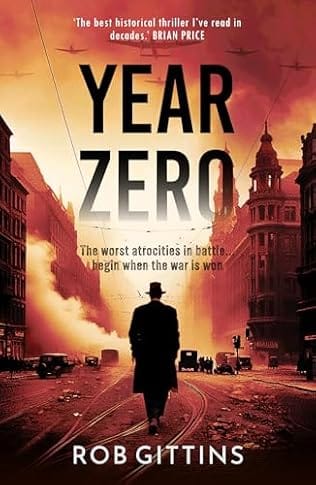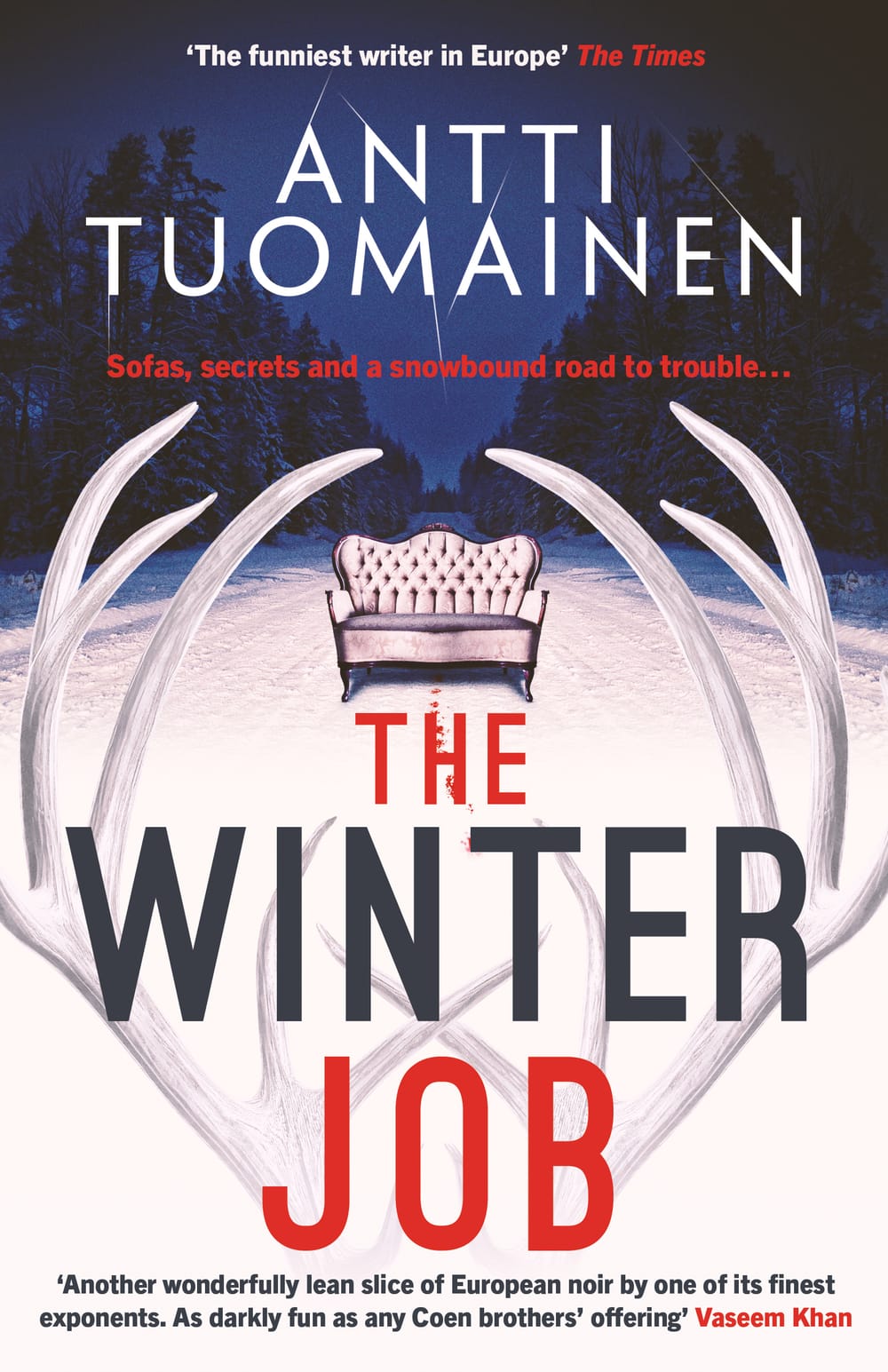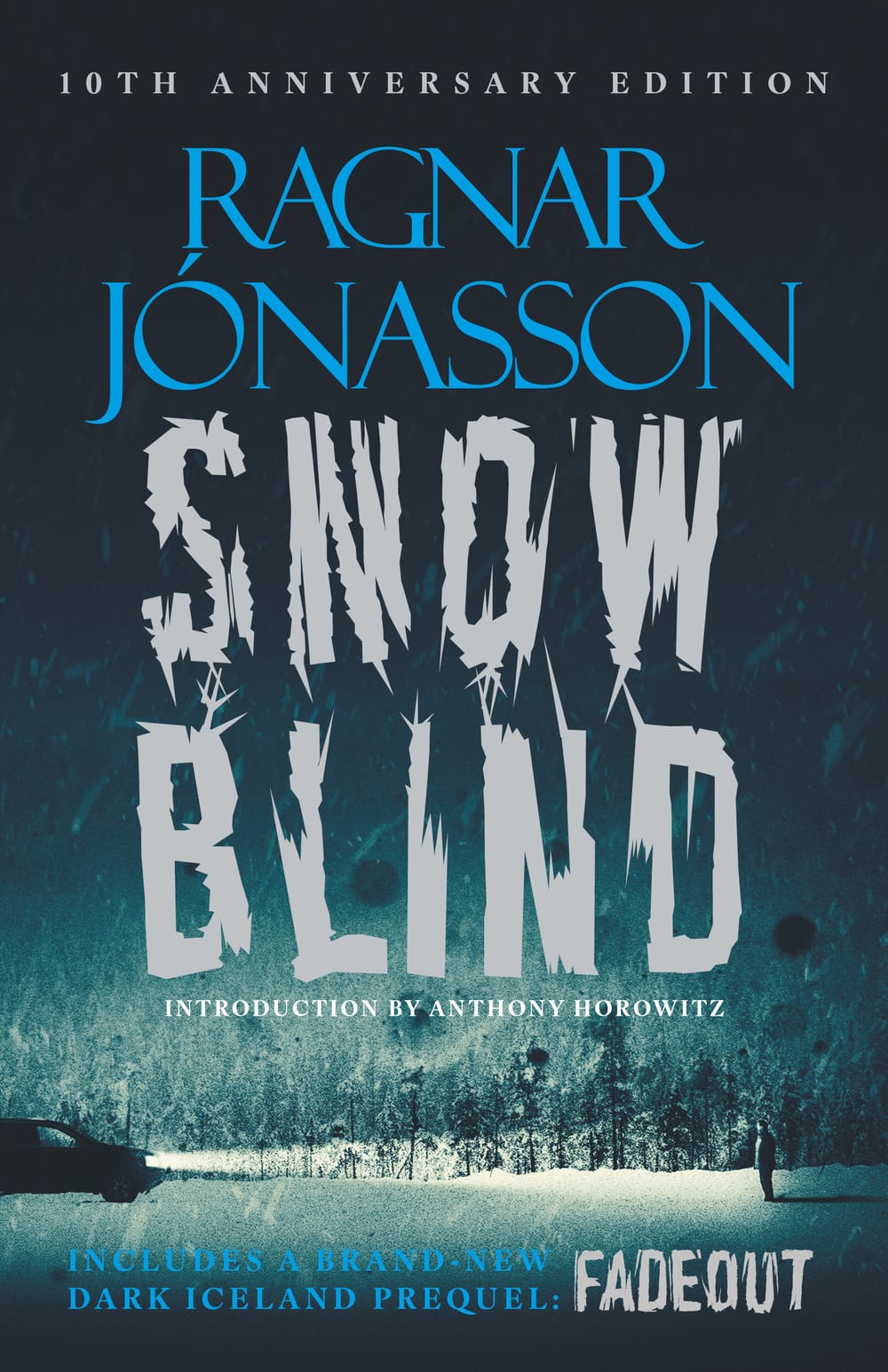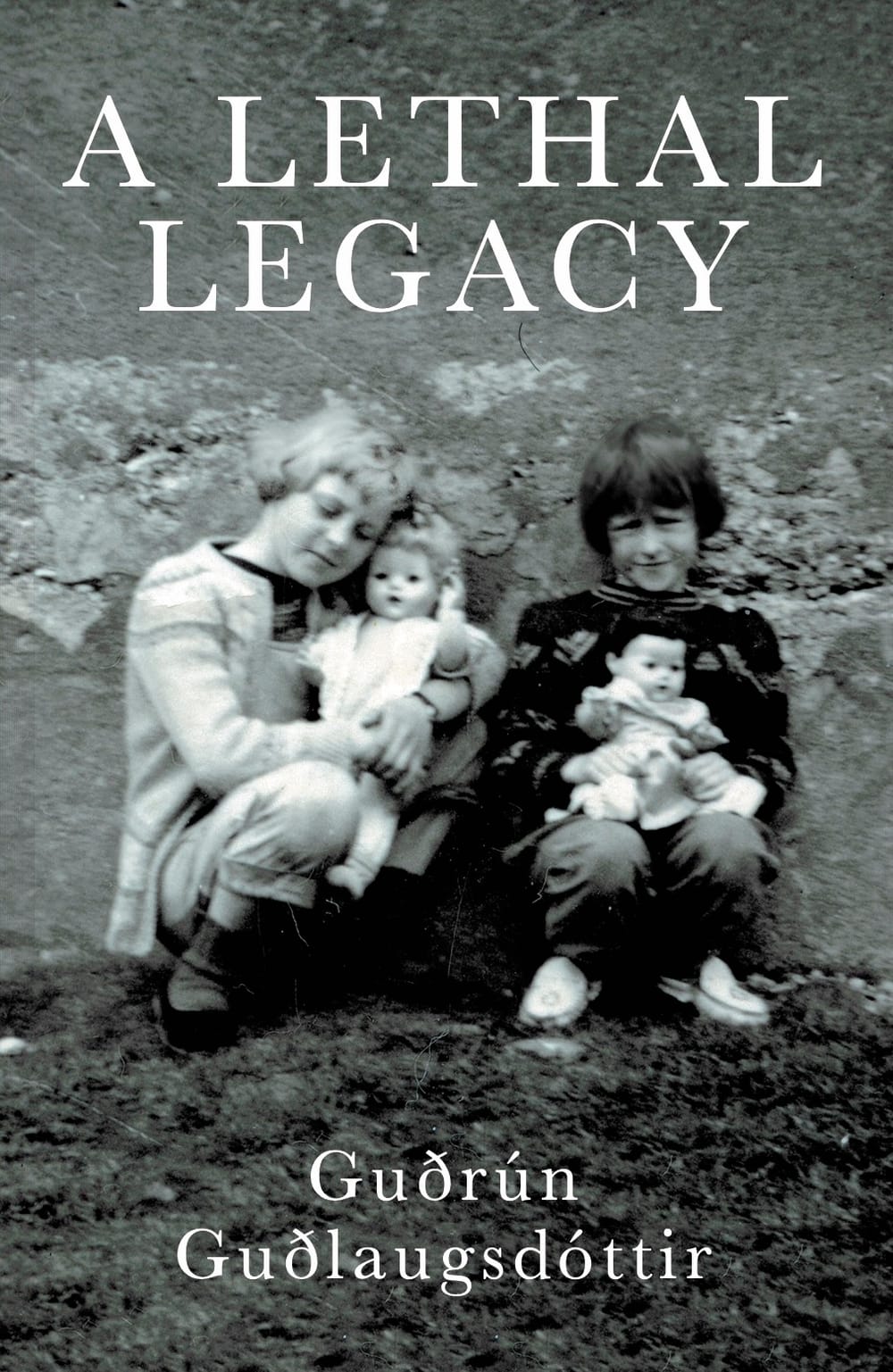Rob Gittins is a screenwriter, a filmmaker, a playwright and a novelist. His mystery novels, "I'm Not There" and "The Devil's Bridge Affair", were published by Hobeck Books in 2022, followed by "Can I Trust You?", Rob’s tenth novel, in 2023 (read my review here). "Private Investigations" was Rob’s eleventh novel and is the sequel to "I'm Not There". (read my review here). Many thanks to Hobeck Books for giving me the opportunity to review "Year Zero".

The book's epigraph (which I will not quote) refers to Lebensborn, the Nazi-initiated goal of increasing the number of children born who met the Nazi standards of "racially pure" and "healthy" Aryans. During the war, many children were kidnapped from their parents and judged by Aryan criteria for their suitability to be raised in Lebensborn homes, and fostered by German families.
"Year Zero" is not only a mystery, but an espionage thriller and a family drama melded into an exhilarating story. It's very different from the other Gittins' books I've read, although one thing they all have in common are plots that move back and forth in time.
"Year Zero" shifts rapidly between the present day and World War II. The story takes the main characters from Tibet to the UK, Germany and Poland. Chapter headings help orient the reader to time and place. The format showcases Gittins' versatility as a writer and keeps the level of suspense high throughout. However, despite the chapter headings, I found myself going back and forth in the book more than once to ensure I understood where the characters were, and their respective fates.
The first chapter "UK: The Present Day" begins in a nursing home in Worcestershire. Staff Nurse Carmel McKay is musing on one of her patients. All she knows about her is that she calls herself "Contessa Teresa Chezi di Contini". Carmel enjoys spending time with her, but doesn't know much about her life and then something unusual happens. A young man claiming to be the Contessa's nephew comes to visit. While helping the Contessa primp for her visitor, Carmel finds out that the Contessa was born in a remote area of Tibet and remembers some of the local customs from her childhood. How the Contessa ended up in an English nursing home with an Italian title is a complete mystery. Could this visitor really be her nephew, as he claims, and if not, what are his intentions?
We move to London in 1944 and meet one of the most intriguing characters in the book, Martin Geller. He's a Brit who traveled to Tibet five years earlier and met Amira, a woman who will change his life in ways he can't imagine. He married her and they had a daughter they call Zaya. Geller returns from a trip and is told his wife and daughter have died from smallpox. Five years later Geller is now living in London in a bleak, closed-off world of his own making. He's alive, but without his family, can find no purpose in his existence.
Then, an emissary from the Ministry higher-ups called Downing finds Geller to persuade him to go a perilous mission: parachute into Landsberg, Germany to rescue an English spy with intel that the British government insists could change the course of the war. Geller wants no part of it—until Downing tells him that his daughter Zaya is still alive and also in Landsberg. For this reason, he agrees to the mission.
Also in 1944, Geller's very-much alive daughter Zaya is kidnapped from her Tibetan village by mysterious strangers while her mother Amira is bedridden, delirious with fever. When Amira wakes up to find that Zaya is gone, she begins a journey to find her; a journey that Zaya's grandmother Dawa has already begun. The two women, on different but equally arduous paths, will brave anything to get Zaya back. Amira follows Zaya's trail to Lhasa and then collapses from exhaustion. She takes weeks to recover but with help from some local doctors, finds her way to Munich and then Berlin. Zaya has been gone for so many months; will Amira find her amidst the chaos?
There's no way she could have known that Zaya was taken by Nazi officers in service of Lebensborn. Zaya was catalogued as "racially pure" and sent to become the "adopted" daughter of Christoph Bauer, one of the Führer’s detective guards, and his wife Christine, who cannot have children of their own. It's 1945 and the Bauer family is now in Berlin. Although the Russian troops are taking over the city, Christoph has left their apartment and is nowhere to be found.
Christine and Zaya (or as Christine insists on calling her, "Helga") are in the direct path of rampaging Soviet troops. The two must flee the city to survive and rescue arrives when Edward Kayne knocks on Christine’s door. Christine knows Kayne as a colleague of her husband's, and he tells her they must flee immediately. The three make a treacherous escape, looking for a German encampment while trying to avoid the Russians. Gittins' account of their attempt to escape is rife with tension.
In a related thread, it turns out that Downing (the man who enlisted Geller in the mission) was an undercover spy in the 1930's. He lived in Berlin and gathered Nazi intelligence for the British government. In 1945, Downing flies back to the besieged city to contact an important source who could help Geller's mission, only to find himself in the hands of the dreaded Soviet General Vadim Klimov. He's the head of the new military administration in Berlin and Downing has to come up with a reason for Klimov not to kill him on the spot.
Meanwhile Kayne, Christine, and Zaya are captured by Russian troops and sent to the NKVD displaced persons camp in Landsberg. (The NKVD was the interior ministry and secret police of the Soviet Union from 1934 to 1946.) Approaching the camp is Geller, who is focused on the mission to find his daughter and the man with the information that could change the course of the war. Will Geller find his daughter and the spy he's been sent to rescue, and will they make it back to the UK? These chapters are so suspenseful I could not turn the pages fast enough!
The chapters set in 1944-1945 are exceptionally tense and terrible. Gittins' characters find themselves in places where death and terror are the norm: concentration camps, Soviet-controlled Berlin, London during the Blitz. No one is safe; nowhere provides refuge.
Gittins' story includes historical figures such as Winston Churchill, British Foreign Secretary Anthony Eden, William "Wild Bill" Donovan” (then running the OSS) and Christian Wirth, commandant of the Belzec concentration camp. They all play an essential role in the plot. This allows Gittins to illuminate not only the actions of the individual characters, but the strategic decisions behind the scenes that move people around like chess pieces. The central conceit is based on the true story of a post-war operational plan that Churchill had ordered his British Chief of Staffs Committee to create. If this plan had been carried out, the results would most likely have been globally catastrophic.
In the final chapter (a continuation from Chapter One), we learn a bit more about the "Contessa", who she really is, and the sinister reason this young man has come to the nursing home. I have a feeling that there are more revelations to come in this story; it's an open question as to whether Gittins is planning a sequel...
There are a lot of players and a lot happening in "Year Zero" but it's worth the trip. It's thrilling, terrifying, and filled with shocking twists and emotional moments. The sense of danger never lets up, so set aside the time to read this book in one go!
Gittins lists many his sources at the end of the book if you're interested in learning more about the history of the times and the background for the story.

Please buy/order "Year Zero" from your local independent bookstore, or go to bookshop.org and order there. They now offer ebooks as well!

For audiobooks, go to libro.fm.






